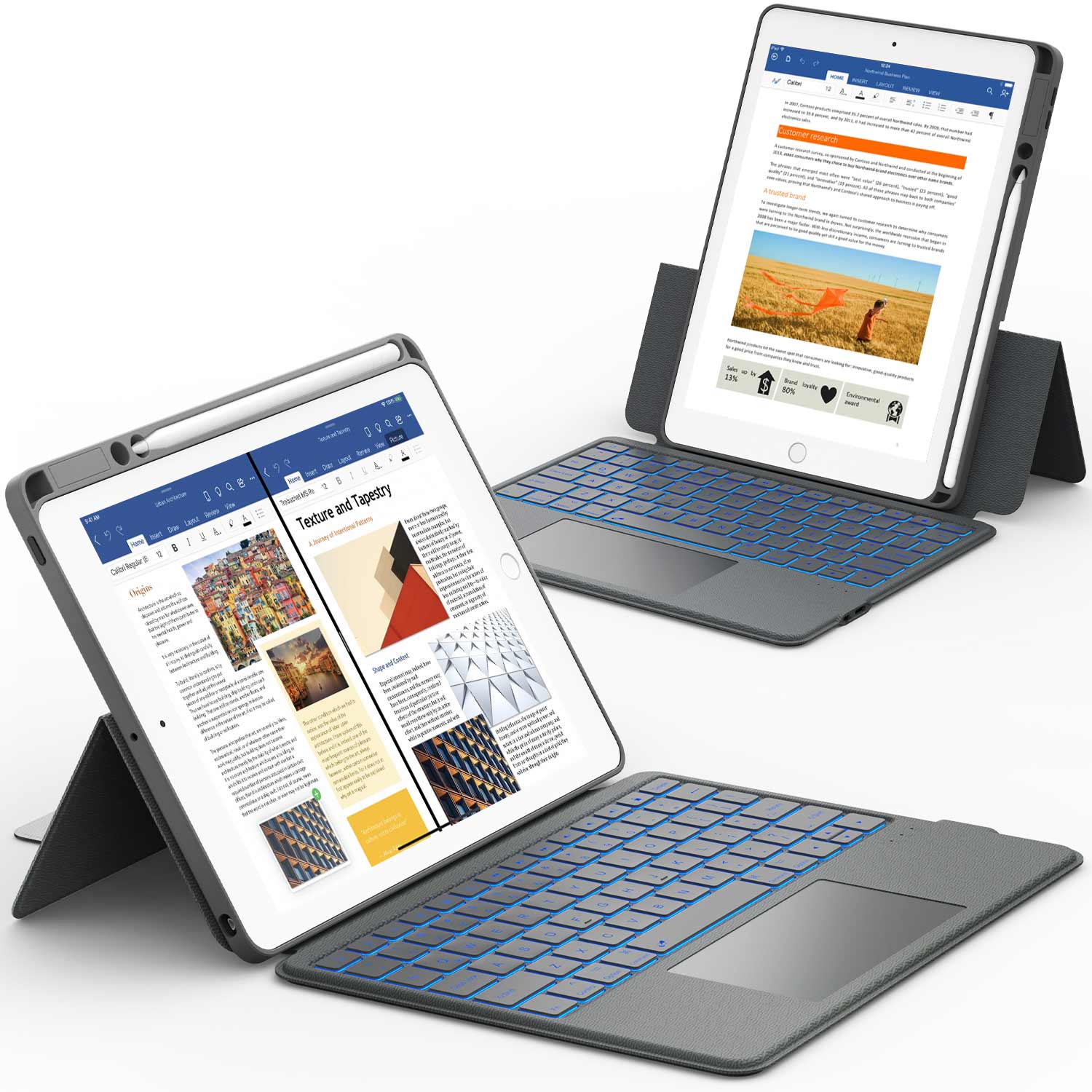Unzipping files on a Mac is a simple process that lets you open and use the contents of compressed folders, like zip files, with just a few clicks.
If you’ve ever wondered how to unzip files on Mac, this guide will walk you through every step so you can easily access your documents, photos, or homework.
Read on to discover the easiest ways to unzip files and learn some handy tips for managing your files on your Mac.
What is a Zip File and Why Do We Use Them?
Many files you download or receive are compressed to save space and make sharing easier. A zip file is a type of compressed folder that holds one or more files inside.
A zip file squeezes files into a smaller size so they’re easier to send or store. When you need to use the files inside, you “unzip” or extract them, which means taking them out of the zipped folder so you can open and use them like normal.
Other compressed file types you might see include RAR, 7z, or tar.gz, which sometimes need extra tools to open.
✅ How to Unzip Files on Mac Using Finder
Finder is the main tool you use to browse files and folders on your Mac. It also makes unzipping files super simple.
Step-by-Step: Unzipping Files with Finder
- Find your zip file: Open Finder and go to the folder where your zip file is saved. This could be in Downloads, Desktop, or another place you picked.
- Double-click the zip file: Just double-click it. Your Mac will automatically unzip the file.
- Look for the new folder: Your Mac creates a new folder with the same name as the zip file. All the unzipped files are inside.
That’s it. You don’t need any special programs or apps. Finder does the work for you.
✅ How to Use Archive Utility to Unzip Files on Mac
Your Mac comes with a built-in tool called Archive Utility that helps you unzip files quickly and easily. Most of the time, you don’t even see it working, but it’s there to help.
Using Archive Utility: Quick Guide
Double-clicking a zip file uses Archive Utility by default. You don’t need to open it yourself.
If you want to change where your unzipped files go, you can open Archive Utility by searching for it in Spotlight (press Command + Space and type “Archive Utility”). Then, go to the preferences to pick a different destination folder.
💡 Don’t forget: Archive Utility is simple and works great for most zip files.
✅ How to Unzip Multiple Zip Files at Once on Mac
If you have a bunch of zip files to open at the same time, you can unzip them all together. This saves you time and keeps your files organized.
Batch Unzipping Made Easy
- Select all the zip files: Hold down Command and click each zip file, or drag your mouse to highlight a bunch at once.
- Right-click and choose “Open”: All the selected zip files will unzip, each creating its own folder.
📌 Discover more ways to organize your files and keep your Mac running smoothly. Check out The Ultimate Guide to Mastering Your iCloud Storage.
✅ How to Unzip Different File Types on Mac (ZIP, RAR, 7z, tar.gz)
Sometimes, you’ll get files that aren’t zip files, like RAR or 7z. Your Mac can handle these too, but you might need a little extra help.
Unzipping RAR, 7z, and Other Formats
If you try to open a RAR or 7z file and it doesn’t work, you’ll need a free app from the Mac App Store. Just search for “unzip” or “extract” and pick one with good reviews.
Once you install the app, you can usually drag the file onto the app or right-click and choose “Open With.”
💡 Pro tip: Stick to zip files when sharing with friends who use Macs, since they’re the easiest to open.
✅ How to Unzip Files Downloaded from the Internet or Windows
You might get a zip file from a website or a friend who uses Windows. Don’t worry, your Mac can open these files too.
Opening Zip Files from Windows or the Web
The steps are exactly the same: just double-click the zip file in Finder. If you see an error or the file won’t open, it might be corrupted. Try downloading it again or asking the sender to resend.
📌 If you’re comparing MacBooks and iPads for school or work, don’t forget to browse iPad Pro vs. MacBook Air for a helpful breakdown.
✅ How to Stop Safari from Automatically Unzipping Downloaded Zip Files
Safari, the web browser on your Mac, sometimes unzips files by itself when you download them. This can be annoying if you want to keep the original zip file.
Change Safari Settings
Open Safari, then go to “Safari” > “Preferences.” Click the “General” tab. Uncheck the box next to “Open ‘safe’ files after downloading.” Now, Safari will leave zip files zipped so you can unzip them yourself.
✅ How to Zip and Unzip Files on Mac for Email or Cloud Sharing
You can also create your own zip files to send or upload, and unzipping files you receive is just as easy. This makes sharing large groups of files much simpler.
Creating and Unzipping Files for Sharing
To zip files, select the files or folders you want, right-click, and choose “Compress.” Your Mac creates a zip file you can email or upload. To unzip files you receive, just double-click them in Finder.
📌 Check out more tips on using your Mac and iPad together. Don’t forget to read How to Print from iPad for easy printing solutions.
Troubleshooting: Why Can’t I Open a Zip File on My Mac?
Sometimes, things don’t go as planned and a zip file won’t open. Here are some common issues and how to fix them.
Common Issues and Fixes
If the file is corrupted, try downloading it again or ask the sender to resend. If it’s not a zip file (like RAR or 7z), use a free extracting app.
If the file won’t open at all, restart your Mac and try again. If it still doesn’t work, the file might be broken.
📌 Don’t forget to check out iPad Pro vs. MacBook Pro if you’re curious about the differences between Apple devices.
Conclusion
Unzipping files on Mac is quick and easy. Just double-click, and you’re set. Whether you’re opening homework from school, photos from friends, or work documents, your Mac gives you all the tools you need to access your files.
If you ever need more help or want to learn new tips about using your Mac or iPad, visit Chesona for more helpful guides and tips.
And if you’re looking to upgrade your tech setup, browse and shop Chesona to see what awesome products you can purchase for your Mac or iPad.
Frequently Asked Questions About How to Unzip Files on Mac
Here are answers to some of the most common questions about unzipping files on a Mac.
Why can't I open zip files on my Mac?
If you can't open zip files on your Mac, the file might be damaged or incomplete, which can happen if the download was interrupted or corrupted. Sometimes, the zip file was created using a method or program that your Mac doesn’t fully support.
Try downloading the file again or asking the sender to create a new zip file using a standard method. If the problem continues, you can try using a third-party app to see if it can open the file.
Does Mac automatically unzip files?
Yes, your Mac can automatically unzip files, especially when you download them using Safari. Safari is set by default to open “safe” files after downloading, which includes zip files. This means the files will be unzipped and ready to use as soon as the download finishes. If you want to keep the files zipped, you can change this setting in Safari’s preferences.
What app does Mac use to unzip files?
Your Mac uses a built-in tool called Archive Utility to unzip files, and it works automatically in the background when you double-click a zip file. Most users never see this app directly, but it handles extracting files quickly and easily.
For other compressed file types, like RAR or 7z, you might need to download a third-party app from the Mac App Store. These extra apps can help you open almost any kind of compressed file you might receive.
Do you have to unzip a folder to use it?
Yes, you need to unzip a folder before you can use the files inside on your Mac. When a folder is zipped, all the files are packed together and can’t be opened until they are extracted.
Once you unzip the folder, you’ll be able to see and use all the regular files and folders it contains. Unzipping makes it easy to access, move, or edit your files just like any other document or photo.















